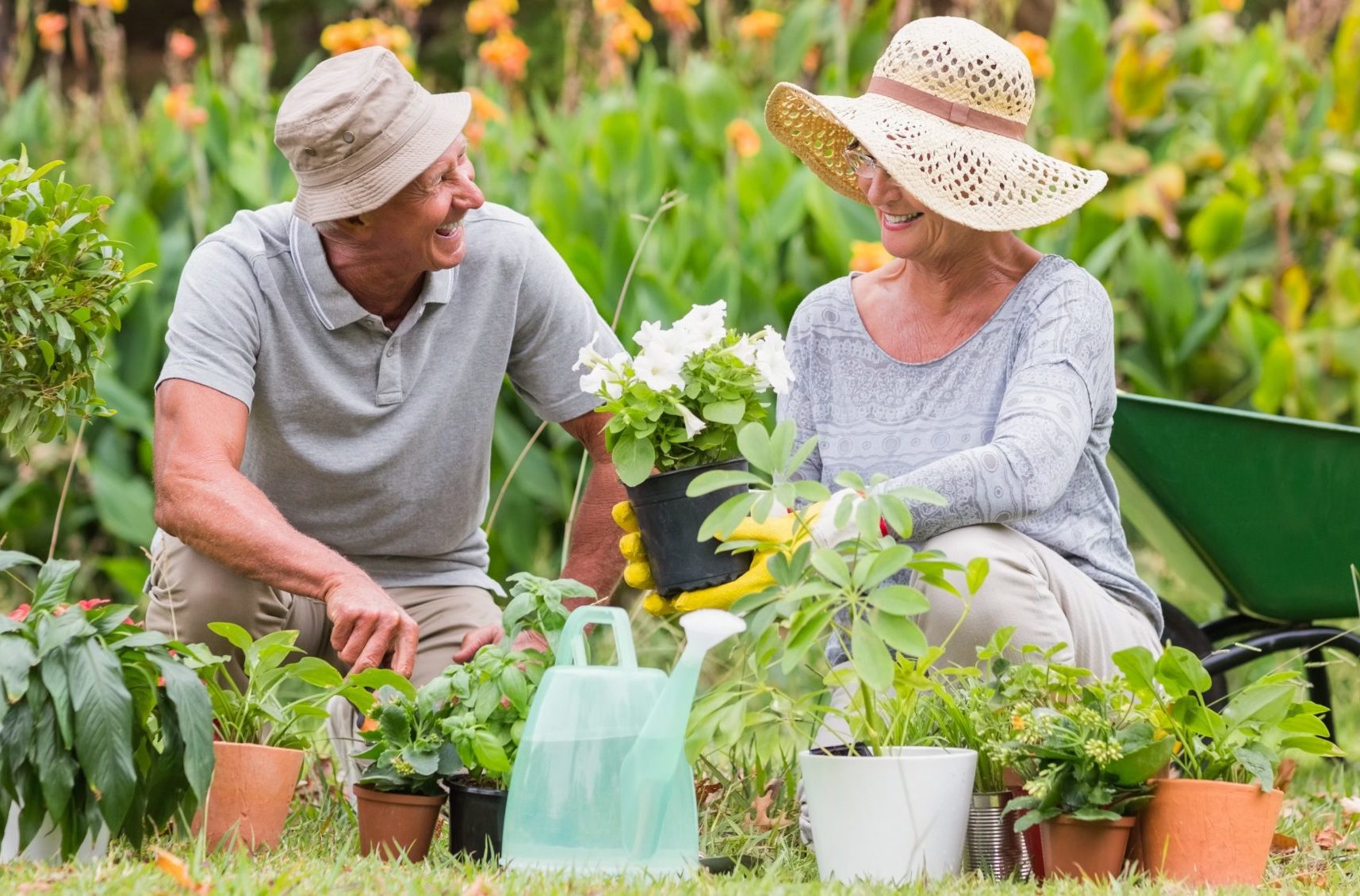From Newbie to Green Thumb: A Step-by-Step Trip Via the Art of Gardening

Recognizing Your Horticulture Space
To start your gardening trip, it is necessary to comprehend the unique features and restrictions of your gardening area. Take a moment to observe your environments. Is your space tiny or large? Is it subjected to full sunlight or does it receive partial color? Are there any type of specific obstacles you may face, such as inadequate soil high quality or restricted water availability? Comprehending these elements will aid you make educated decisions concerning the sorts of plants that will certainly thrive in your area.
Consider the size of your horticulture location. You may require to concentrate on container horticulture or upright gardening to maximize your growing area if you have a little area. On the various other hand, if you have a huge room, you have the deluxe of growing a variety of plants and creating different zones within your garden.
If your space is shaded, you can decide for shade-loving plants like ferns or hostas (newbie gardening). If your area gets complete sunlight, you can expand a large variety of plants, including natural herbs, vegetables, and flowers.
Last but not least, think about any type of restrictions or obstacles details to your area. If your dirt high quality is poor, you may need to amend it with compost or pick plants that are tolerant of less-than-ideal conditions. If water is scarce, you can go with drought-tolerant plants or execute water-saving strategies like mulching.
Choosing the Right Plants for Your Yard
Select plants that are appropriate to your garden's one-of-a-kind problems and your personal choices. When choosing plants for your yard, it is important to consider variables such as sunshine, soil type, and environment. Take a look at the quantity of sunlight your yard obtains throughout the day. Some plants flourish in full sunlight, while others prefer partial and even complete shade. Consider the soil type in your garden. Some plants prefer well-drained soil, while others grow in clay-like or wet dirt. Furthermore, take into account the environment in your location. Some plants are better suited for completely dry and hot climates, while others can withstand cooler temperatures.
It's likewise worth considering the upkeep degree of the plants you select. Some plants require even more treatment and interest, while others are much more low-maintenance.
Preparing the Dirt for Planting
A lot of plants favor a slightly acidic to neutral pH, around 6.0 to 7.0. Poorly drained pipes soil can lead to water logged roots and other plant health and wellness concerns. By evaluating and making essential changes to your dirt, you can produce an optimum atmosphere for your plants to grow.
Nurturing and Preserving Your Garden
As soon as you have prepared the dirt, it's time to get your hands dirty and begin nurturing and maintaining your garden. The key to an effective yard corresponds treatment and interest. Watering is important, particularly throughout dry spells. See to it to sprinkle your plants deeply, allowing the water to penetrate the dirt and reach the roots. Regular weeding is likewise essential to maintain your garden devoid of unwanted plants that contend for nutrients and area. Pull out any type of weeds, making sure to remove their roots to prevent them from returning. In addition, it's vital to offer proper nutrition for your plants. Consider making use of organic plant foods or garden compost to improve the dirt and advertise healthy Full Article and balanced development. Pruning is one more vital task to keep your garden looking cool and motivate better air movement and sunlight infiltration. Cut off any dead or damaged branches to preserve the general wellness of your plants. Be on the search for pests and conditions. Consistently inspect your plants for any type of indicators of infestation or disease and take instant action to stop more damages. By adhering to these nurturing and upkeep methods, you will certainly guarantee a growing and beautiful garden.
Troubleshooting Common Gardening Issues
If you observe eaten leaves or plants that are wilting for no obvious reason, you might have an insect invasion. If your plants have yellow or discolored fallen leaves, they may not be getting sufficient nutrients. Remove impacted plants and treat the continuing to be ones with organic fungicides or chemicals.
Final Thought
By recognizing your horticulture space, selecting the right plants, preparing the soil, and nurturing your yard, you have conquered usual gardening problems like a pro. Now, equipped with knowledge and experience, you are prepared to take pleasure in the elegance and abundance of your thriving garden.

When picking plants for your yard, it is crucial to think image source about aspects such as sunlight, soil type, and climate. Some plants favor well-drained soil, while others grow in clay-like or moist soil (newbie gardening). By recognizing your horticulture room, choosing the right plants, preparing the soil, and nurturing your yard, you have gotten over common horticulture concerns like a pro